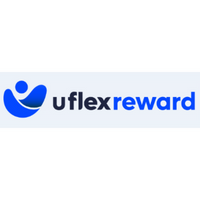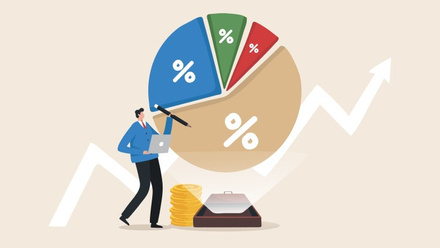How to benchmark and align your global reward strategy

If your business is a global one, this can be challenging and stressful, leaving you managing multiple spinning plates at a time. In one country, data can be blended from two or three of the main vendors, as well as from local role-specific data providers. A myriad of new and old roles will exist, with various definitions that all need to map to a global norm.
Along with salary benchmarks, managers need to gather other internal and external market data: market inflation, attrition, unemployment, and many more.
Across the world, data will arrive anywhere between March and September.
How do you align your global reward strategy against so many variables? How do you ensure you act fairly and in the best interest of so many countries, each jostling to get the best for their employees? Especially when finance teams leave little wiggle room for final budget allocation and have little understanding of the monumental orchestration required to get there.
The problem is overwhelmingly a data one. There is, unfortunately, no way to set these budgets without measurable data. Good data science can mean the difference between being competitive or non-competitive and under or over budget. Therefore, one of the most impactful interventions you can make is to remove data friction wherever you can — particularly in the most impactful areas.
The agile method to solve this problem can provide some much-needed structure to a seemingly untameable beast. It is especially well-suited to this kind of challenge. Here’s how:
1. Start by taking the time to understand all your data points from start to end. Take note of how they interact and where data flows. Ensure that this is not just done with your reward teams, but with finance and HR, software providers, on the ground analysts, and anyone else who touches the process. Finally, ensure you understand the level of friction at each data point, and what drives it.
2. To understand the data friction, create a list of all the data flows you find, and rate the complexity of each one (i.e. the cost and effort to reduce or remove the friction), and its impact (i.e. how impactful the reduction in friction will be to the process). In the agile world, this is called the Backlog, and these ratings are often called story points. There are various methods, but a simple 1-10 is fine. Taking estimates from several different stakeholders and averaging these out is a great way to improve the accuracy of your ratings.
High data friction can be driven by:
- The transfer of data internally and externally, or between technology systems that cannot easily talk to one another (i.e. they use different date cut offs, currencies, file formats).
- High levels of normalisation or transformation of data required between transfers (i.e. the effort required to translate data into a common format – is it daily, monthly, annual, annualised?).
- Wide variations of human input, so the underlying systems allow data entry according to definitions set by the individual author.
- A lack of globally applied pragmatic standards.
- Wherever is it used, there will be errors. An article in Forbes in 2019, mentioned an estimated 88% of spreadsheets have errors. Mixing up cell content, putting constant values in formulas, over-complication, lack of peer review, poor skills, and training all account for this.
3. Then, burn down – starting with the easiest and most impactful first. Use Sprint or Kanban to work through an identified area of friction one by one. Perform regular retrospectives to measure the impact it has on the project. Ideally, this is after each intervention, but you may need to wait until the end of the season in practice.
You will not be able to solve every problem alone, but by removing as much data friction as feasibly possible, and as fast as possible, through the agile method, you will create goodwill among those impacted and expose the difficult bottlenecks.
By accurately documenting and costing the process, you stand in a much stronger position to build the business case to solve the seemingly uncrackable problems and move into a fully automated process in the same way Unilever has.
The author is Stuart Smith, chief innovation officer at uFlexReward.
This article is provided by uFlexReward.
Supplied by REBA Associate Member, uFlexReward
uFlexReward is an HR Technology spin out from Unilever HR and the first of its kind.







